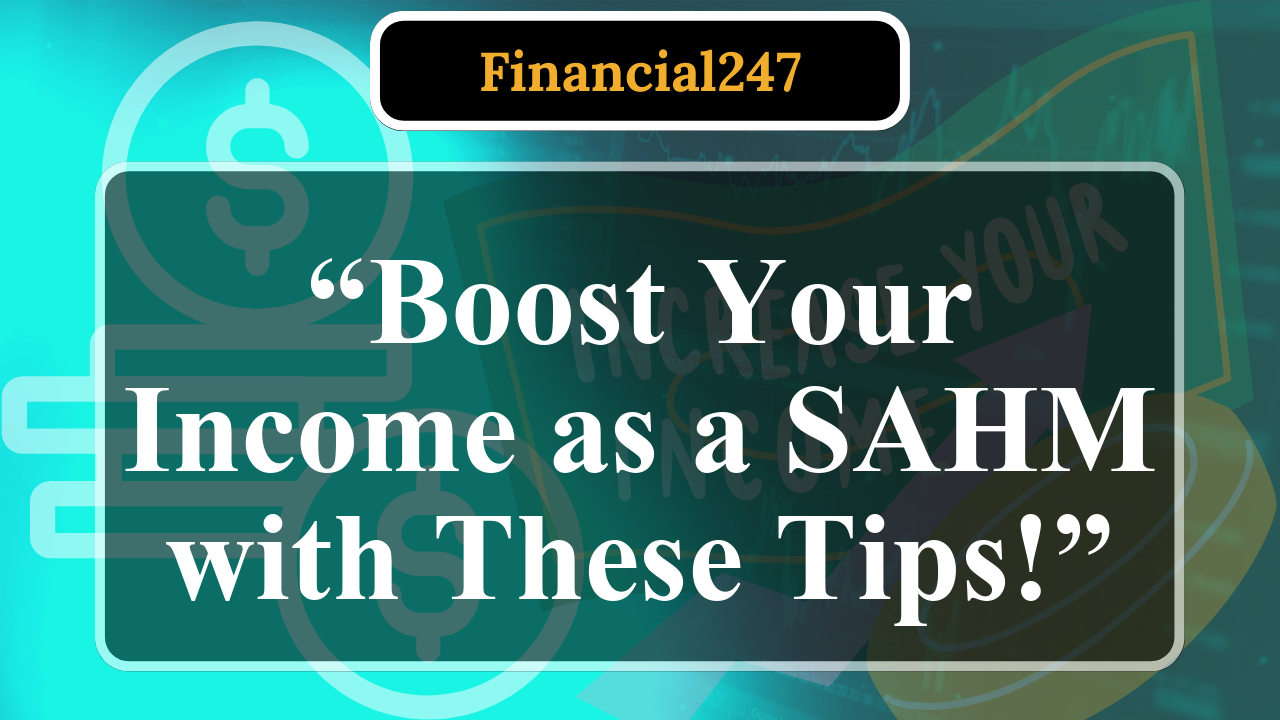“Parents can leverage side hustle earnings to invest in ETFs, building wealth for their children’s future. This article explores practical steps, tax considerations, and low-cost ETF options for beginners. It highlights strategies like custodial accounts and emphasizes diversification to balance risk and reward, empowering parents to secure financial stability.”
Investing Side Hustle Earnings in ETFs for Parents
Parents juggling busy schedules and financial responsibilities often seek ways to secure their children’s future. Side hustles, from freelance writing to ridesharing, provide extra income that can be channeled into investments like exchange-traded funds (ETFs). ETFs are an accessible, low-cost way to diversify a portfolio, making them ideal for parents new to investing. Here’s how parents can use side hustle earnings to invest in ETFs effectively.
Understanding ETFs and Their Appeal
ETFs are baskets of securities traded on stock exchanges, offering exposure to various assets like stocks, bonds, or commodities. They combine the diversification of mutual funds with the flexibility of stocks, allowing intraday trading. For parents, ETFs are attractive due to their low expense ratios—often below 0.1% for funds like the Vanguard S&P 500 ETF (VOO), which charges 0.03% annually. This means for every $10,000 invested, fees are just $3 yearly, maximizing returns. ETFs also provide instant diversification, reducing risk compared to individual stocks. For instance, the Invesco QQQ Trust (QQQ) tracks the Nasdaq-100, offering exposure to tech giants like Apple and Microsoft.
Why Side Hustle Earnings Are Ideal for ETF Investments
Side hustles generate supplemental income, with freelancers earning $28–$200 per hour depending on the gig, such as proofreading or resume writing. A 2025 Bankrate report notes that side hustles like virtual assisting or pet sitting can yield flexible, high-value earnings. Parents can allocate this income to investments without disrupting household budgets. For example, dedicating $500 monthly from a side hustle to an ETF could grow significantly over time. Assuming a 7% annual return, $500 monthly investments in an ETF like VOO could grow to over $200,000 in 20 years, per compound interest calculations.
Steps to Start Investing in ETFs
Set Up a Brokerage Account: Parents can open accounts with platforms like Charles Schwab, Fidelity, or eToro, which offer commission-free ETF trading. Many brokers support fractional shares, allowing investments with as little as $50, ideal for modest side hustle earnings.
Choose the Right ETFs: Focus on low-cost, diversified ETFs. The Vanguard Total Stock Market ETF (VTI), holding over 3,550 stocks, provides broad U.S. market exposure with a 0.03% expense ratio. For income-focused parents, the Schwab U.S. Dividend Equity ETF (SCHD) offers a 4% yield, per July 2025 data from The Motley Fool.
Use Custodial Accounts for Kids: Parents can open custodial Roth IRAs or UGMA/UTMA accounts for children with earned income, such as from a summer job. A recent X post highlighted that depositing up to $7,000 annually in a Roth IRA for a child can grow tax-free for decades, excluded from FAFSA assets. For example, a $7,000 investment in VTI at age 15 could grow to over $100,000 by age 60, assuming a 7% return.
Automate Investments: Set up automatic contributions from side hustle earnings to ensure consistent investing. Platforms like Fidelity allow recurring investments, helping parents build wealth without constant oversight.
Monitor Tax Implications: Side hustle income is taxable, and ETF dividends may incur taxes in non-retirement accounts. Parents can deduct business expenses, like home office costs, to offset taxes, per a 2022 CNBC guide. Consulting a tax professional ensures compliance and maximizes deductions.
Balancing Risk and Reward
ETFs vary in risk. Broad-market ETFs like VTI are less volatile than sector-specific funds like the VanEck Semiconductor ETF (SMH), which surged 64% in 2025 but carries higher risk due to its tech focus, per U.S. News. Parents should align ETF choices with their risk tolerance and goals, such as college savings or retirement. Diversifying across asset classes—stocks, bonds, and REITs—mitigates risk. For instance, the iShares Core U.S. REIT ETF (USRT) offers real estate exposure with rental income potential, balancing stock-heavy portfolios.
Practical Tips for Success
Start Small: Even $100 monthly from a side hustle can grow significantly. Platforms like eToro allow practice accounts to test ETF strategies risk-free.
Research Thoroughly: Review ETF prospectuses for expense ratios and holdings. Morningstar’s five-star-rated ETFs, like the Vanguard Russell 1000 Growth ETF (VONG), are reliable choices, boasting 18% annualized returns over five years.
Stay Disciplined: Treat side hustle earnings as an investment fund, not discretionary spending. Budgeting apps like EveryDollar help allocate funds purposefully, per Ramsey Solutions.
Educate Kids: Use ETF investments to teach children about compounding. A CNBC report notes parents can involve kids in tracking custodial account growth, fostering financial literacy.
Leveraging Side Hustles for Long-Term Wealth
Side hustles like event planning ($30/hour) or dog walking can fund ETF investments, creating a legacy for children. For example, a parent earning $1,000 monthly from freelance writing could invest $500 in the SPDR S&P 500 ETF Trust (SPY), potentially growing to $50,000 in 10 years at a 7% return. By prioritizing low-cost, diversified ETFs and custodial accounts, parents can harness side hustle earnings to build a robust financial future.
Disclaimer: This article is for informational purposes only and not intended as financial advice. Consult a financial advisor before making investment decisions. Data is sourced from reputable financial publications and platforms like Fidelity, NerdWallet, and The Motley Fool.



